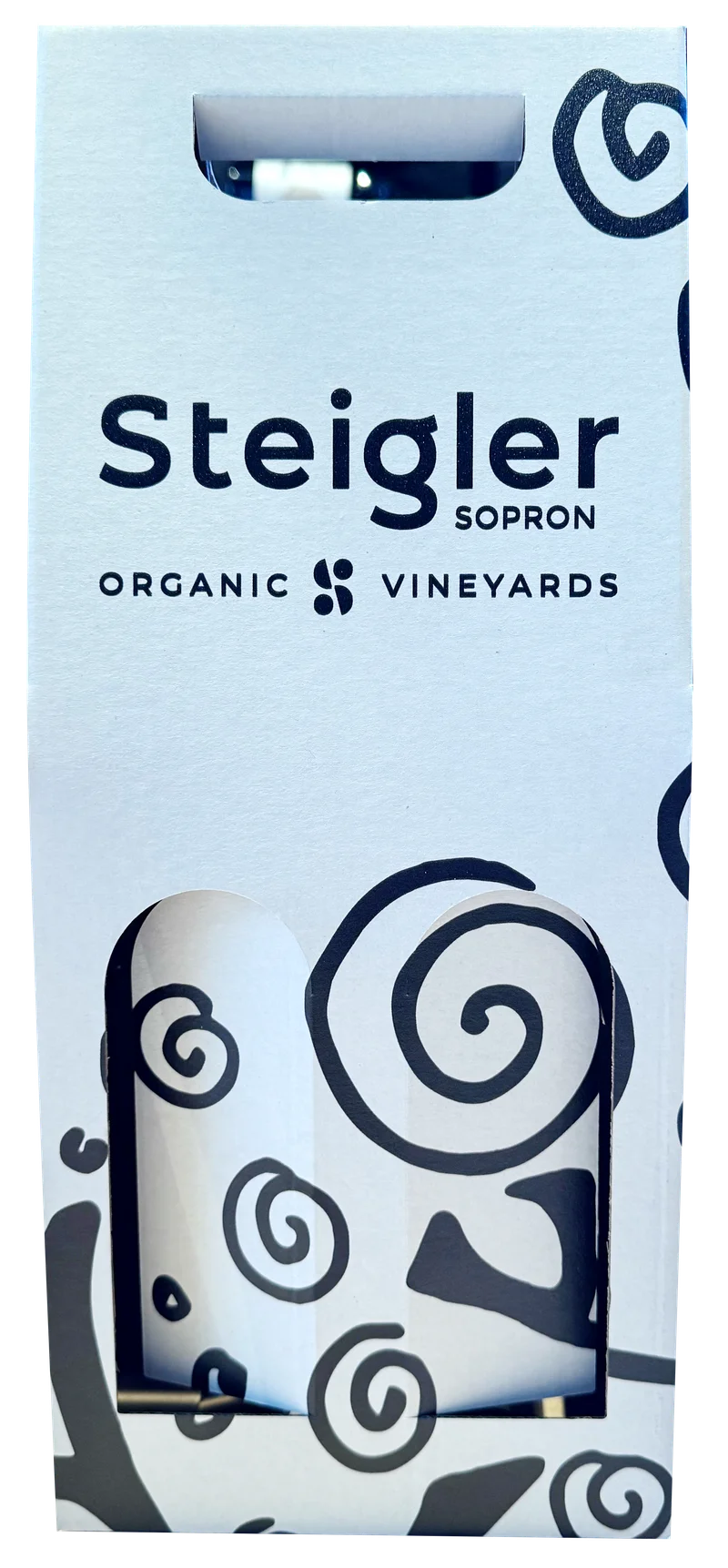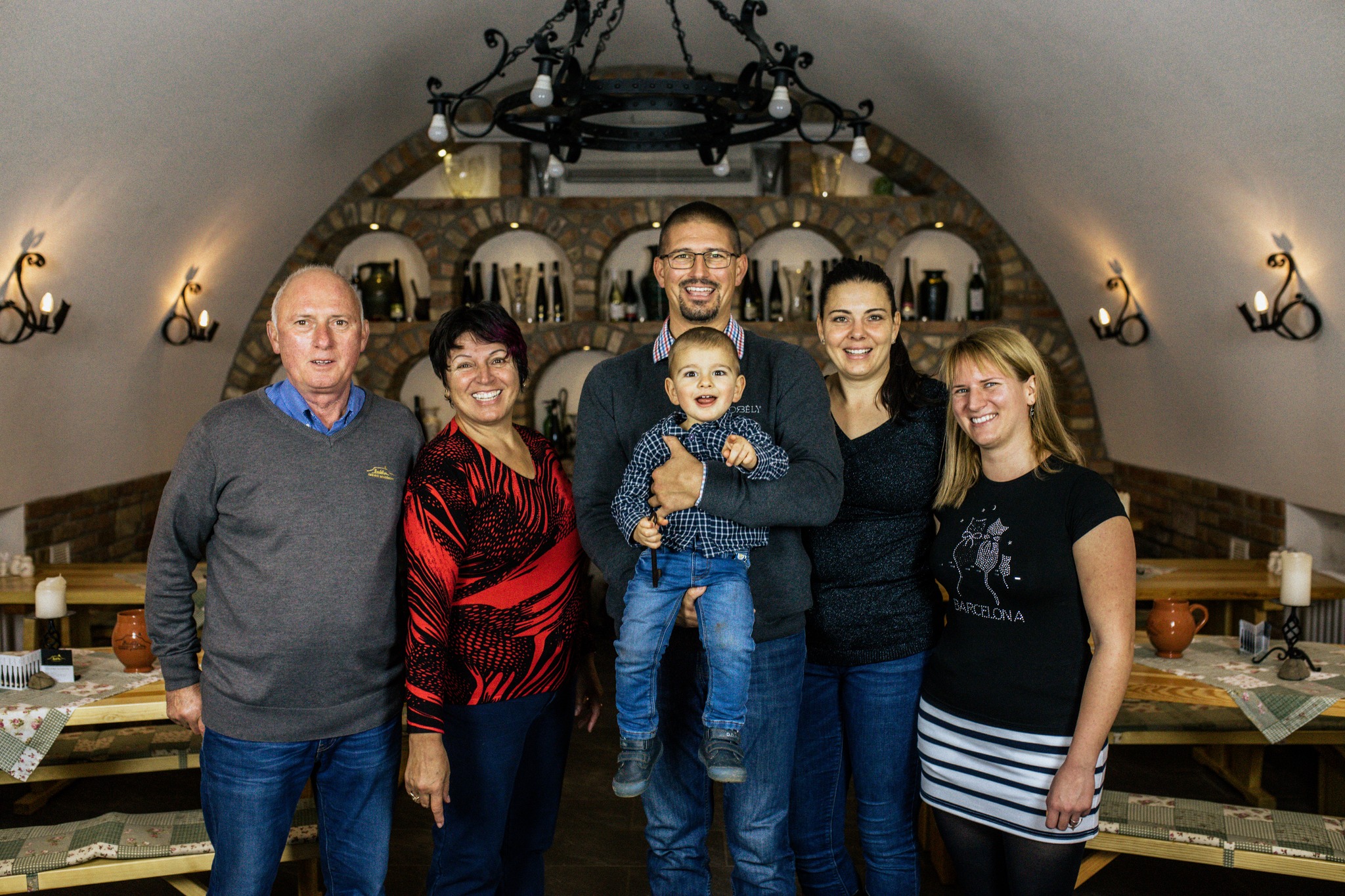GET TO KNOW! – Steigler Cellar
In our series of articles you can read about the wineries that make up the Winehub Wine Centre community.
Terroir
The whole of the Fertő Valley is imbued with the mystique of the enchanting number 3. The most interesting of the three defining elements of the soil is the mica, which can only be found here in Hungary in the surface regions. It is complemented by limestone and humus-rich forest soils. Together they form an unusual and unique soil structure that gives the wines a unique character.
The microclimate is largely determined by the shallow Lake Fertő, the largest endorheic lake in Central Europe. While the wine-growing region is located at the northernmost limit of vine-growing, the water mass of Lake Fertő helps to alleviate the cold in winter and reduce the heat in summer. Excessive humidity from the proximity of water is reduced by the almost constant winds from the nearby Alpine mountains, such as Schneeberg, creating ideal conditions for growing grapes and winemaking. Lake Fertő, the slopes of the Sopron Hills, the snow-capped peaks of the Schneeberg and the winds from these peaks shape the climatic conditions in this area.
People
The winery rests on the shoulders of two charismatic men, owner Bálint Lőrinczy and winemaker Tamás Varga, who see the trinity of naturalness, tradition and quality as their main guiding principle.
“I am Bálint Lőrinczy, owner of Steigler Cellar. My mother’s family, the Török family, came from Rust and Sopron, and as a wealthy middle-class family, they also owned vineyards. My childhood memory is of listening at the family table every Sunday at noon to the words, “Oh, the good old days, when we drank our own Rust wine, it was delicious!” This is firmly etched in my memory, enhanced by the fact that our family has always had a respect for quality wine. My ancestors made wine in this region for hundreds of years, and then, due to the storms of history, nearly 100 years were missed. I became more and more interested in reviving this tradition and so Steigler Cellars and Steigler Organic Winery was born.”
“I’m Tamás Varga, the winemaker of the estate, myself a native of the Sopron wine region. Besides respecting the traditions, I am interested in organic winemaking. Like the „poncichter” youth of yesteryear, I have visited the major international wine regions. I spent several years at well-known wineries in Austria, California and New Zealand. I came back to Sopron with a broad knowledge of organic farming, new winemaking technologies and the latest trends. I took over the complex professional management of the winery and the estate in 2018. Since then, Bálint and I have been building Steigler Cellars as an organic winery, making high quality organic wines and embarking on exciting new projects such as the reintroduction of Furmint in the wine region.”
Plantation
Steigler Cellars produces the raw material for its high quality wines from its own 21 hectares of organic vineyards. The vines grow in the Steiger, Frettner and Spern Steiner vineyards, the best areas of the Sopron wine region.
The varieties are mostly Grüner Veltliner, Zweigelt, Pinot Noir, Merlot, Cabernet Sauvignon, complemented by the newly planted Cabernet Franc, Syrah and the “crown jewel”, Furmint.
An exciting project is the planting of Furmint, which was the dominant variety in the Sopron wine-region until the early 20th century. Few people know that Sopron was the first region in Hungary to produce Aszú wines from the Furmint grape, 200 years ahead of Tokaj. The new planting has already come to fruition in 2019, confirming our expectations. An unmistakable, unique wine born of mica, the Sopron Steigler Furmint has a much more pronounced bouquet and quite different qualities from its counterparts from volcanic soils.
Cellar
Steigler Cellars is located in the heart of Sopron’s „poncichter” district, on Balfi út, on the edge of the town centre. The cellar system, with all the local characteristics, was built centuries ago under the residential buildings. Throughout the turbulent centuries of history, the „poncichters” (bean growers) believed that the safest way to keep their most precious treasure, their wine, if not under their pillowcases, but under their houses. The sale of wine was also made easier, with unique signs letting the citizens of the town know if and what wine they had for sale. The Steigler Cellars is a remnant of this era, but it bears the mark of the hands of different generations.













